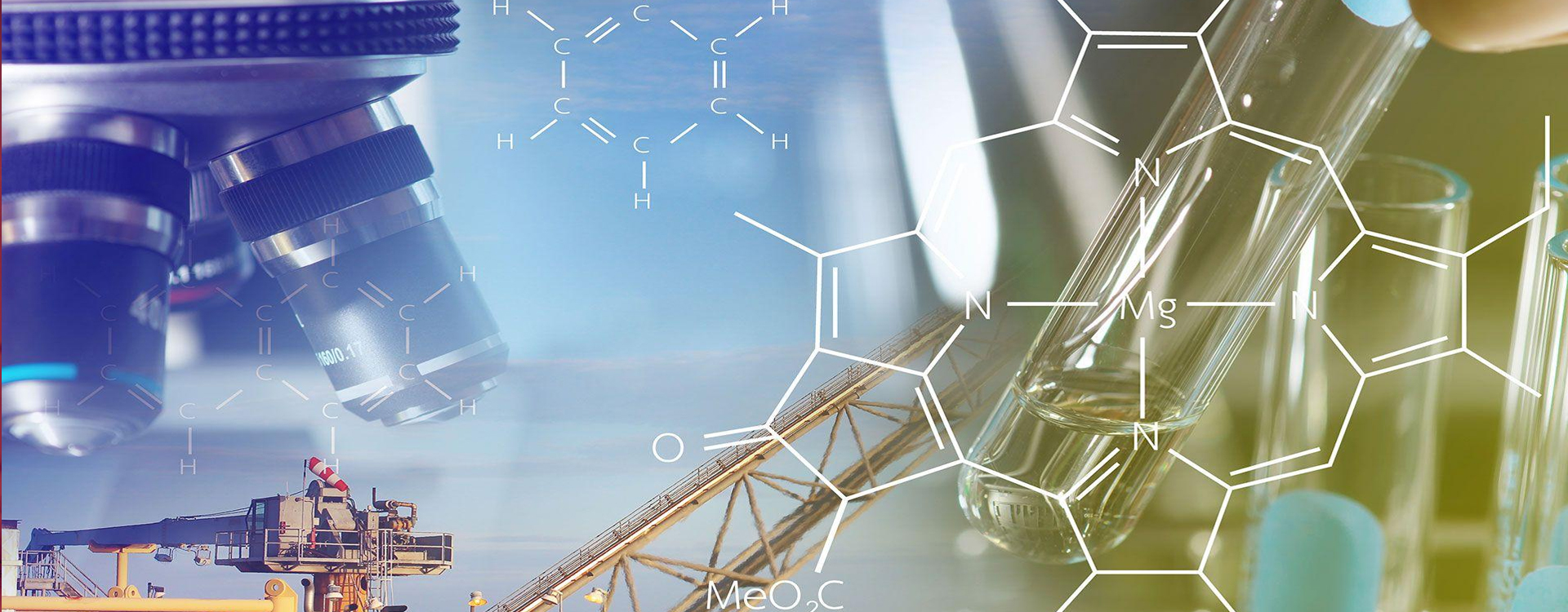Seminar Details
Photocatalytic technology is considered to be one of the most prominent strategies to address energy and environmental problems by utilizing visible light. As a metal-free semiconductor, graphitic carbon nitride (GCN) has attracted research attention due to its low toxicity, stability, versatile 2D structure, and phenomenal visible light activity. Higher recombination ratio and poor separation efficiency limited the practical applications of GCN. Recently, the concept of g-C3N4-based homojunction became a research interest due to its phenomenal separation efficiency and suppressed recombination of electron-hole pairs. The poor reusability and tedious recovery of the GCN homojunction are easily addressed by the development of 3D hydrogel structures.
In the first study, citric acid-assisted functionalized GCN homojunction exhibited 88% tetracycline degradation in 40 min, 2341 µM H2O2 production, and 501 µM of ammonia production. The mechanistic studies affirmed the Z-scheme charge transfer pathway between the individual constituents of GCN. Later a ternary heterojunction was constructed between amino-rich-GCN, phosphorylated-GCN, and oxidized GCN to further enhance the efficacy to form OPACN homojunction pectin beads via a facile cross-linking strategy. The experimental studies claimed that 88% of tetracycline degradation in 30 min, 1204 µM of H2O2 and 404 µM of ammonia in 60 min of visible light irradiation. The establishment of dual Z-scheme homojunction has facilitated separation efficiency and ensured an abundant number of active sites, which has aided in the production of O2*-.
In the next study, a highly efficient Z-scheme catalyst was constructed between the sulfur-self-doped GCN and phosphorylated GCN to form SPGCN carboxymethyl cellulose that was capable of producing 3500 µM of H2O2 and in-situ utilizing it for tetracycline degradation (94% in 60 min) through the photocatalytic-self-Fenton (PSF) system. The mechanistic studies have revealed that the activation of OH*- and O2*- assisted the tetracycline degradation. Subsequently, PSF process was integrated with persulfate (PS) and peroxymonosulfate (PMS) to enhance the performance of the GCN-based homojunction. A modified GCN homojunction was capable of degrading 99% and 94% of tetracycline in batch and continuous PSF-PS-based oxidation systems. Similarly, defect-rich and dimensionally engineered double-functionalized GCN homojunction was capable of degrading 99.5% of tetracycline in 8 minutes in batch process and 99% in 50 min in continuous PSF-PMS process. The mechanistic studies revealed the synergistic interaction between the PS/PMS with PSF in the PSF/PMS system.
Overall, the biopolymer-supported homojunction has demonstrated superior advantages, including (a) improved visible light utilization and tuned optical band gap, (b) reduced recombination ratio and higher separation efficiency, (b) suppressed decomposition of H2O2 via supply of additional electrons and oxygen molecules, (d) No catalytic mass loss and superior reusability.
Keywords: g-C3N4, Homojunction, Hydrogel, Photocatalysis, Wastewater


